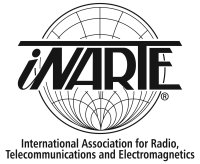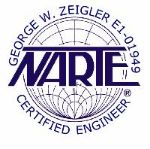Why semiconductors and IC Chips fail
Before a new system is purchased and installed the purchasers of the equipment needs to understand what the system life cycle future holds for this new system.
- The new digital or electronic system is built with many different types of electrical components. Each manufacture is always improving or redesigning the system. Most semiconductors and other electrical components are also being redesigned. Typically, after three (3) years many of the electrical components are no longer available from the original manufacturer. This may require replacement cards and other electrical components may only be available through an after-market company.
- The new system is very susceptible to heat, over-voltage, current, power surges, lightning strikes, power quality issues and moisture. Heat, over-voltage and current are the major reasons on short life cycles. Controlling the temperature in the rooms might not be that difficult but controlling heat within the system racks and cards prove to be more difficult. Different manufactures give recommend temperature ratings for their equipment operation. Many semiconductors fail in the range of 110º C to 160°C.The Arrhenius Equation shows that reducing a device’s junction temperature from 160°C to 135°C cuts the failure rate in half.
- Many different categories are used to described for semiconductors failures. Here are a few of the most common categories:
- Encapsulation failure
- Die-attach failure
- Wire-bond failure
- Bulk-silicon defects
- Oxide-layer faults
- Aluminum-metal faults
- Thermal overstress
- Electrical overstress
- Conductivity failure
- Human failure
- ESD
- Environmental Problems
The list goes on and on it just depends on the terminology engineers use when describing the reason semiconductors fail.
None of these categories mean anything to the end user because when any of them occur the card or system fails.
The object of the owner of the new equipment is to place the equipment in an environment with the least chance of failure. Some of the above categories are a direct responsibility of the manufacturer and not the owner.
The owner’s main responsibility is the following:
- Control the environment (temperature and humidity)
- Control the proper level of voltage
- Protect equipment from power surges
- Eliminate any ESD issues
- Keep lightning out of the new switch
None of these steps will eliminate 100% of semiconductors failures but it will eliminate most of them.
« Back to Blog






Comments